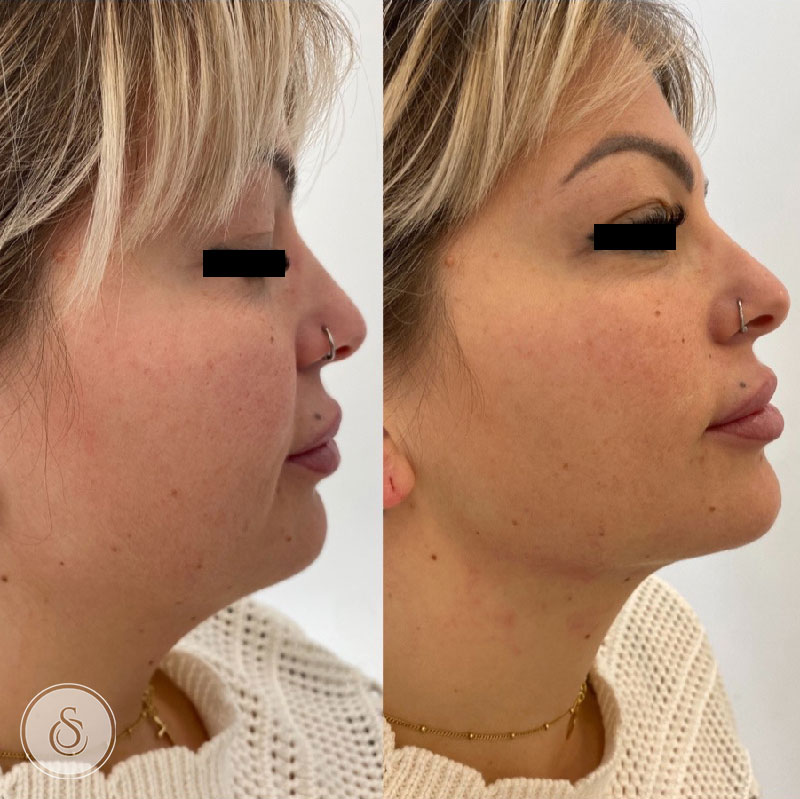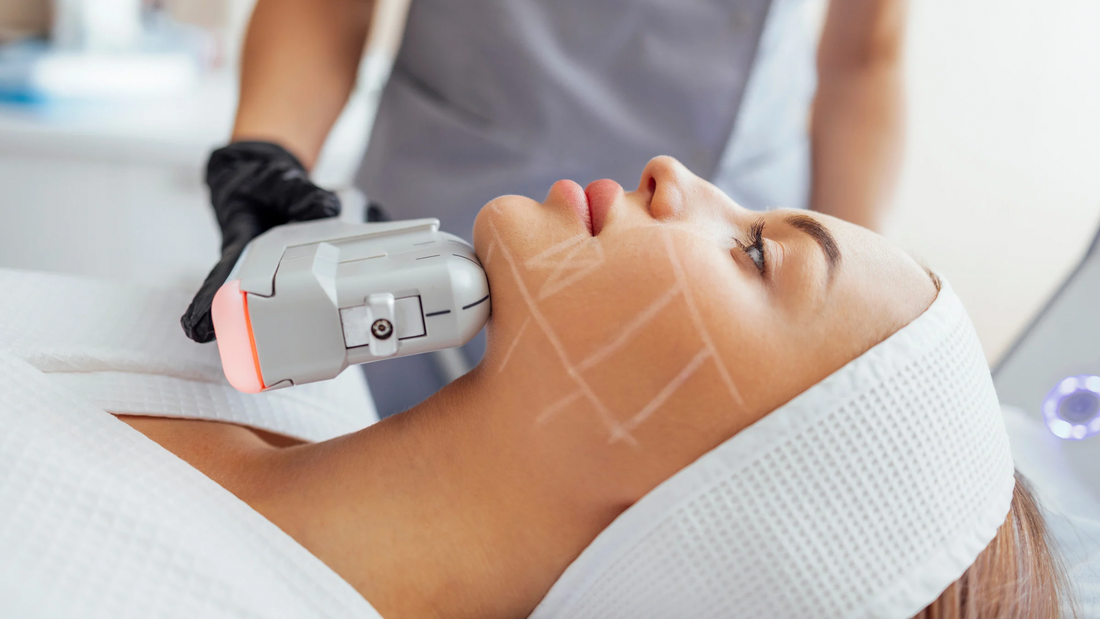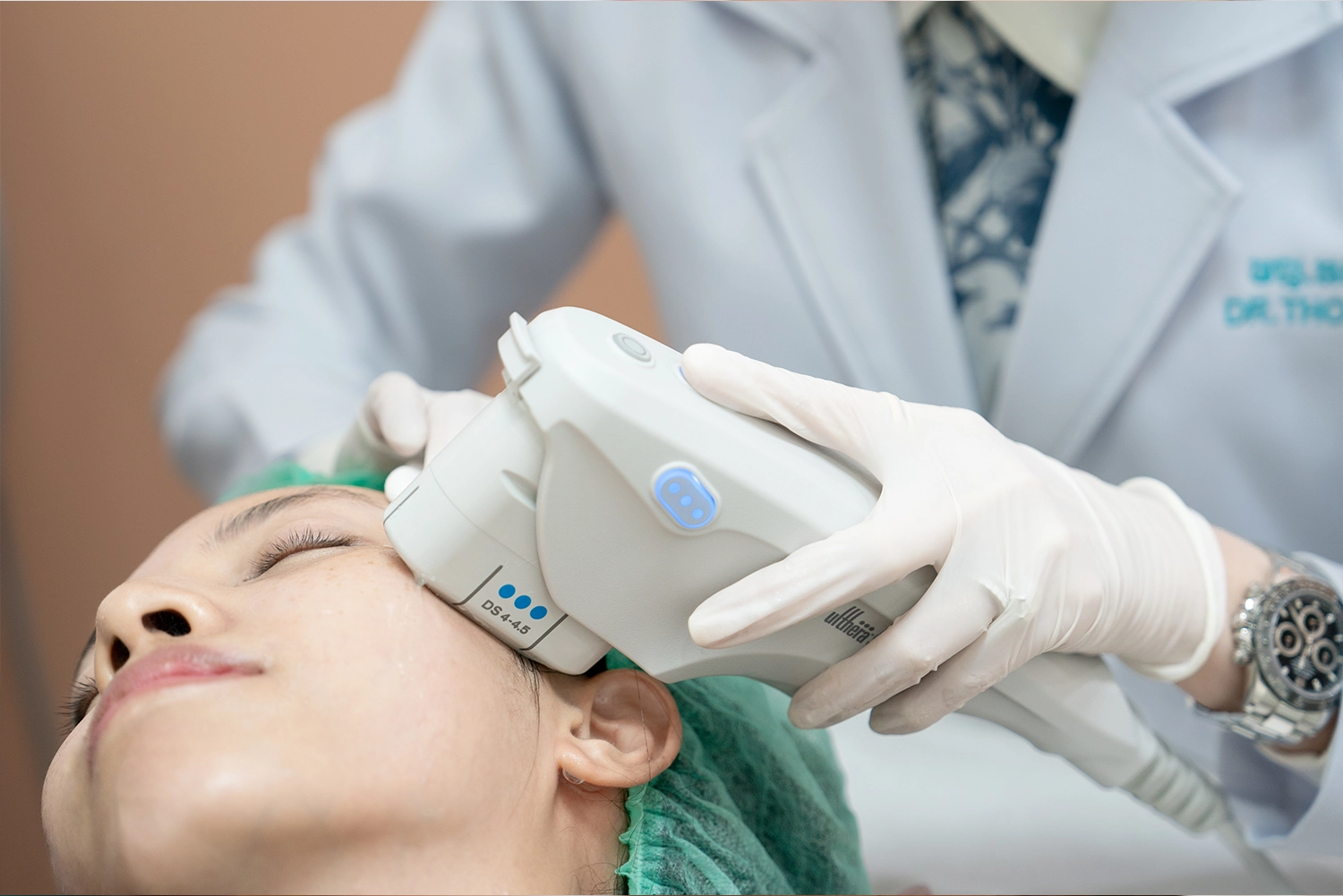Achieve Remarkable Results with Professional HIFU Skin Tightening
HIFU Treatment: The Safe, Non-Invasive Path to Glowing Skin
High-Intensity Focused Ultrasound (HIFU) treatment has actually emerged as an engaging alternative for those looking for non-invasive skin restoration. This innovative modern technology takes advantage of ultrasound waves to boost collagen production, efficiently resolving worries such as skin laxity and signs of aging. With its very little downtime and customized strategy, HIFU satisfies a range of people aiming to boost their skin's look. However, the intricacies of exactly how HIFU works and its suitability for different skin types warrant a closer evaluation, as recognizing these variables is important for educated decision-making.
What Is HIFU Therapy?
High-Intensity Focused Ultrasound (HIFU) therapy has actually become an innovative non-invasive procedure made to invigorate the skin and promote a more vibrant look. This cutting-edge therapy harnesses the power of ultrasound modern technology to promote collagen manufacturing and improve skin flexibility without the need for surgical intervention. HIFU has obtained appeal amongst individuals seeking effective skin firm and lifting solutions.
HIFU therapy is specifically appealing because of its safety account and very little downtime. Unlike standard facelifts, which typically require prolonged healing periods and involve significant risks, HIFU offers a comfortable alternative that can be executed in a medical setup. Patients usually experience only light discomfort throughout the procedure, and most can resume their daily tasks instantly later.
The flexibility of HIFU expands past aesthetic enhancement; it is also made use of in numerous medical applications. Its main emphasis remains in the world of aesthetic dermatology, where it attends to worries such as sagging skin, great lines, and creases. As research remains to develop, HIFU treatment is solidifying its place as a beneficial option for individuals seeking to achieve glowing, vibrant skin without invasive approaches.

Just How HIFU Works
HIFU treatment runs by using concentrated ultrasound energy to pass through the skin at numerous midsts, specifically targeting the dermal layers where collagen fibers reside. This advanced strategy uses high-intensity focused ultrasound waves that create warm within the targeted cells, stimulating a natural healing action. As the ultrasound energy is delivered, it triggers regulated thermal injury to the skin's deeper layers, motivating the body to start a regenerative procedure.
The thermal impact of HIFU triggers collagen synthesis, which is necessary for maintaining skin elasticity and firmness. Gradually, this causes the improvement of collagen fibers, boosting the overall framework and appearance of the skin. The therapy can be tailored to address specific locations of worry, such as sagging skin or penalty lines, making it an efficient choice for different skin kinds.
Unlike standard medical approaches, HIFU offers a non-invasive option, dramatically minimizing recovery time and possible problems. Individuals can typically go back to their daily visite site tasks quickly after the treatment. The precision of HIFU innovation makes sure that surrounding important link cells stay unscathed, giving a safe and targeted approach to skin rejuvenation.
Advantages of HIFU
The benefits of HIFU therapy extend beyond its cutting-edge innovation, using a series of benefits for those looking for skin rejuvenation. Among one of the most remarkable advantages is its non-invasive nature, which gets rid of the requirement for medical treatments and comprehensive healing times. People can appreciate substantial skin tightening and lifting results without the associated threats of typical facelifts.

Additionally, HIFU advertises collagen manufacturing, an important protein that contributes to skin flexibility and suppleness. As collagen degrees rise, people often experience improved skin texture and a decrease in fine lines and wrinkles. This all-natural improvement causes a vibrant appearance that can last for months, otherwise years.
Moreover, HIFU treatment is extremely personalized, enabling professionals to customize the procedure to the details needs and concerns of each person. This customized approach optimizes results, ensuring that every patient gets optimal care.
What to Anticipate During Treatment
Throughout a HIFU therapy session, individuals can generally expect a period of 30 to 90 minutes, relying on the location being targeted. HIFU. The procedure starts with a complete assessment, where the specialist evaluates the skin and reviews the client's goals. After this, the skin is washed, and a topical anesthetic might be used to make sure convenience throughout the treatment
When the skin is prepared, an unique ultrasound gel is applied to help with the shipment of ultrasound power. The HIFU gadget is after that placed, and the expert carefully targets the fixed locations. Clients may experience a feeling of warmth or light pain as the ultrasound power permeates the skin, stimulating collagen production.
Throughout the treatment, practitioners continually keep an eye on the patient's comfort degrees, readjusting setups as necessary. The majority of sessions are well-tolerated, and any kind of pain is typically short-lived. Post-treatment, clients might notice mild inflammation or swelling in the treated areas, which usually subsides within a couple of hours. Results can slowly improve over numerous months as collagen remains to establish, leaving patients with invigorated, glowing skin (HIFU).
Perfect Candidates for HIFU

Candidates should likewise have practical assumptions pertaining to outcomes; while HIFU can give visible training and tightening, it is not a replacement for surgeries. People with certain clinical conditions, such as serious skin infections or open wounds in the therapy area, might not be appropriate for HIFU. Those with specific skin types or conditions, such as extreme acne or rosacea, must consult a certified professional to establish if HIFU is ideal.
In addition, people who are expecting or have a history of extreme allergic reactions to ultrasound therapy ought to avoid this treatment. Eventually, a comprehensive assessment with a qualified professional is important to examine individual wellness background and skin disease, guaranteeing that HIFU is a secure and reliable option for attaining their aesthetic goals.
Conclusion
In conclusion, HIFU therapy represents an encouraging non-invasive choice for individuals seeking skin renewal. With very little downtime and a customized method, HIFU supplies significant benefits for those with moderate to moderate skin laxity.